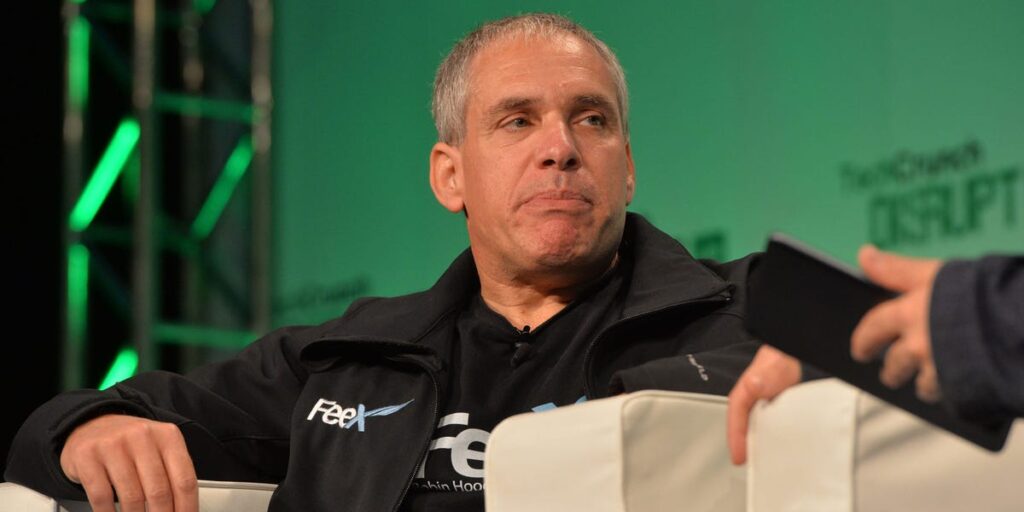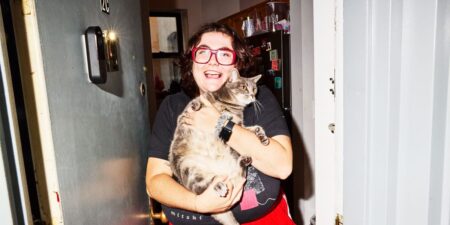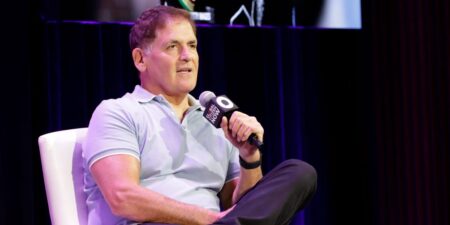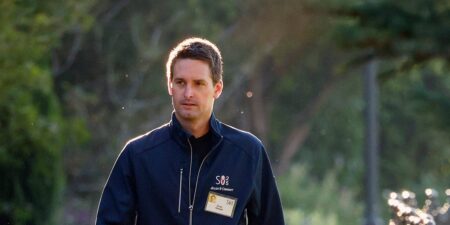Serial entrepreneur Uri Levine helped build two navigation companies that achieved roughly billion-dollar exits.
But he predicts kids born today, known as Generation Beta, won’t end up behind the wheel.
“They will not drive,” the Waze cofounder told Business Insider. “A generation after that, if you will tell them that you used to drive cars yourself, they will not believe you.”
Levine’s comments come in the wake of Tesla launching its robotaxi service in Austin to a small group of users. Elon Musk has said that the vehicles will be in “many other cities” in the country by the end of 2025 and that by the second half of 2026, there will be “millions of Teslas” operating autonomously.
Waymo, owned by Alphabet, started offering its service to the public in 2020 and has already provided millions of paid, fully autonomous rides. The company offers driverless taxi services in the San Francisco Bay Area, Los Angeles, Phoenix, Austin, and Atlanta.
Even though Waymo and Tesla’s driverless taxi launches are only available in certain locations right now, Levine said they will eventually transform driving. He said that a decade from now, most paid mobility and transportation services will be autonomous. That includes logistics, public transportation, and on-demand car services, he said.
“The impact will be dramatic,” Levine said, adding that urban areas will “barely see any drivers.”
According to Levine, any product can only become “good enough” once it’s released to the market and users can interact with it. From there, it improves through iteration, he said.
Levine said that when autonomous driving becomes more widespread, it will give people back a substantial amount of time. In a 24-hour day, dedicating even one hour to driving is “actually pretty significant,” Levine said.
Levine’s thesis also includes a financial component. The cofounder said if someone pays $100 for an Uber ride today, the majority of it goes toward the driver, some amount goes toward operation costs, and another fraction goes toward Uber.
“Once you take the driver out of the equation, the entire ride would be about $25, way more affordable and therefore way more demand at this price range,” Levine said.
Not everyone feels equally bullish on the future of driverless cars. Analysts at HSBC recently released a report suggesting that the potential market for driverless taxis was “widely overestimated,” and that it could take years for robotaxis to turn a profit.
Levine said autonomous taxis are “just the beginning.” Instead of going to the shoe store, there could be a shoe-store van that comes to the buyer directly. The technology could end up changing the retail industry and retail real estate market, Levine said.
“50 years ago there was a driver for the elevator,” Levine said. “And obviously, we don’t need a driver for the elevator anymore.”
Read the full article here
















